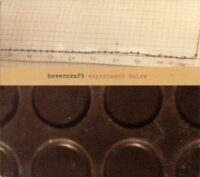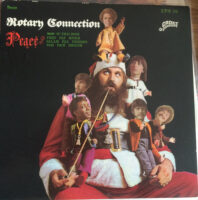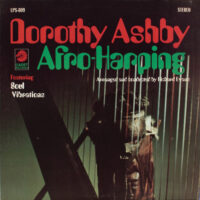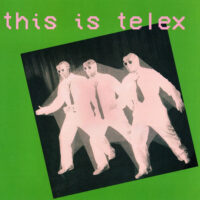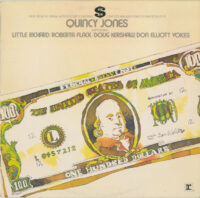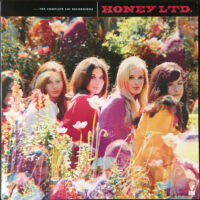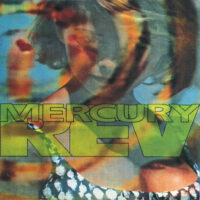
Polydor valiantly tried to make vocalist/guitarist/civil rights activist Odetta Holmes (1930-2008) a crossover star with Odetta Sings. And while that didn’t quite pan out, the album has yielded many spicy samples and very interesting cover versions.
The label roped in some of the era’s top session musicians for “the queen of American folk music” (as deemed by Martin Luther King Jr.), including drummers Russ Kunkel and Roger Hawkins, pianists Carole King and Barry Beckett, guitarists Eddie Hinton and Bernie Leadon, bassist David Hood, and backing singers Merry Clayton and Clydie King. The sessions happened at Muscle Shoals Sound Studios in Alabama and Larabee Sound in LA, and you can hear the premium quality in every minute. Overall, Odetta Sings was a stark departure from the ‘bama-born Renaissance woman’s usual repertoire of folk, jazz, blues, and spirituals, and it’s a cool curio in her large discography.
Few Odetta fans could’ve anticipated her doing Elton John’s “Take Me To The Pilot,” but she takes this rousing rocker to church, bolstered by her crack crew of backing vocalists. Randy Newwman’s sleazy, sly rock classic “Mama Told Me Not To Come” is not really a good fit for upstanding citizen Odetta, but I’m always down to hear this tune interpreted, no matter the outcome. And while I’m not sure we needed to hear Odetta lend her warm, soulful pipes to the minor Paul McCartney ballad “Every Night,” surely the former Beatle appreciated the royalties.
The rendition of Spanky And Our Gang’s “Give A Damn” enables Odetta to express righteous sympathy for “your fellow man” over serviceable folk-rock. She returns to familiar territory with a bombastic run through John Buck Wilkin’s “My God And I,” though this agnostic remains unmoved. James Taylor’s “Lo & Behold” easily transforms into a gospel arm-waver in Odetta & co.’s hands, with shocking bonus sitar accompaniment. Don Cooper’s “Bless The Children” is a spring-legged delight that would segue well into Dusty Springfield’s “Son Of A Preacher Man.” Covering the Rolling Stones’ “No Expectations” seems like a solid choice, but ain’t no way anyone’s gonna top the OG. (See also the Dirtbombs’ attempt.) Odetta’s drags where it should soar.
Ms. Odetta really shines on her two original compositions. “Movin’ It On” is inspirational rock with sublime organ swells and crackin’ beats. Speaking of which, the über-funky opening break from “Hit Or Miss” has been sampled over three dozen times, and rightly so. (It’s also been streamed over 17 million times on $p0t1fy, far outstripping every other track on the album.) A slab of swampy Muscle Shoals funk, “Hit Or Miss” sets the scene for Odetta to stress the importance of representing her authentic self, no matter what. I, for one, will never stop playing this jam in DJ sets.
The time is overdue—it’s been 54 years!—for a US company to reissue this sporadically brilliant record on vinyl. -Buckley Mayfield
Located in Seattle’s Fremont neighborhood, Jive Time is always looking to buy your unwanted records (provided they are in good condition) or offer credit for trade. We also buy record collections.



